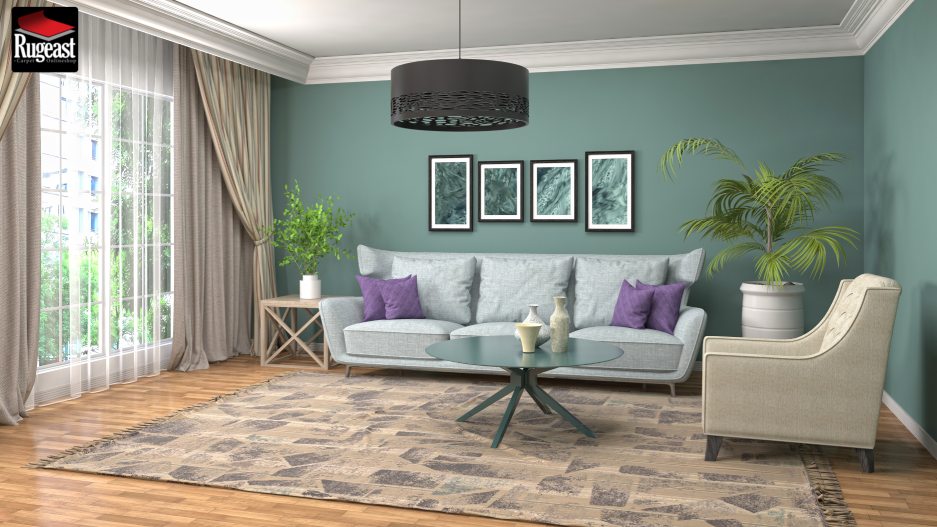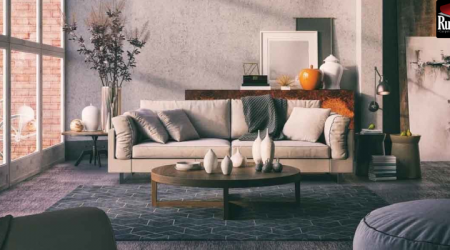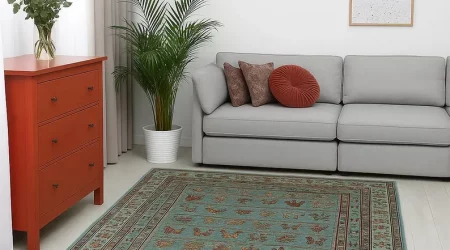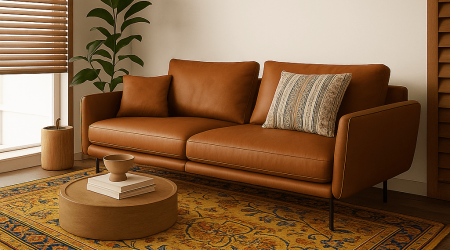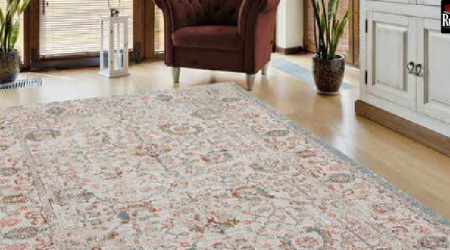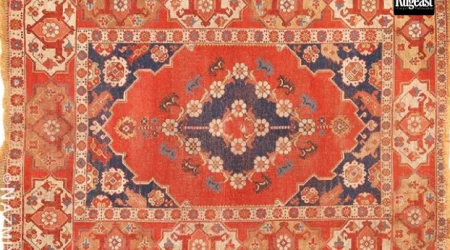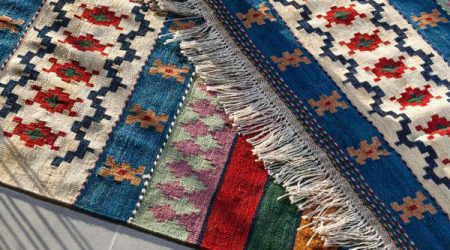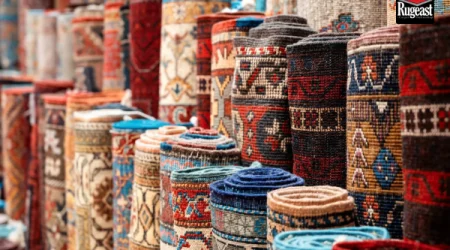Choosing the Perfect Handmade Rug for Your Dining Room
A dining room rug is more than just a floor covering – it’s a design statement that sets the tone for your meals and gatherings. The right rug adds warmth, defines the dining space, protects your flooring, and enhances comfort for you and your guests. A handmade rug for dining table areas can also serve as a long-lasting piece of art, reflecting tradition and craftsmanship. But selecting the perfect rug requires a balance of beauty, durability, and practicality.
In this comprehensive guide, we’ll cover everything you need to know – from dining room rug size rules to design patterns, materials, and color choices – so you can make a confident, stylish, and functional decision.
Why the Right Dining Room Rug Matters?
Your dining room is a place where family and friends gather to share food and create memories. A rug plays an essential role in tying the décor together while protecting the floor from chair movement and spills. But unlike rugs in low-traffic areas, a dining room rug must handle frequent use, occasional food stains, and constant movement of chairs without losing its charm.
A handmade rug for dining table areas offers both elegance and durability. With careful selection, it can become a timeless investment that elevates your dining space for decades.
Dining Room Rug Size – The First and Most Crucial Step
1. Follow the Golden Rule: Bigger Is Better
The most common mistake people make is choosing a rug that’s too small. The golden rule is simple: your rug should be large enough so that all chair legs remain on it – even when chairs are pulled out for seating.
Benefits of a larger rug size:
-
Protects the floor from scratches caused by moving chairs.
-
Prevents tripping hazards caused by chair legs catching on the edge of the rug.
-
Creates a balanced look that visually anchors the dining table.
A good guideline is to add 24–36 inches (60–90 cm) to each side of your table dimensions. This ensures comfort and avoids awkward furniture placement.
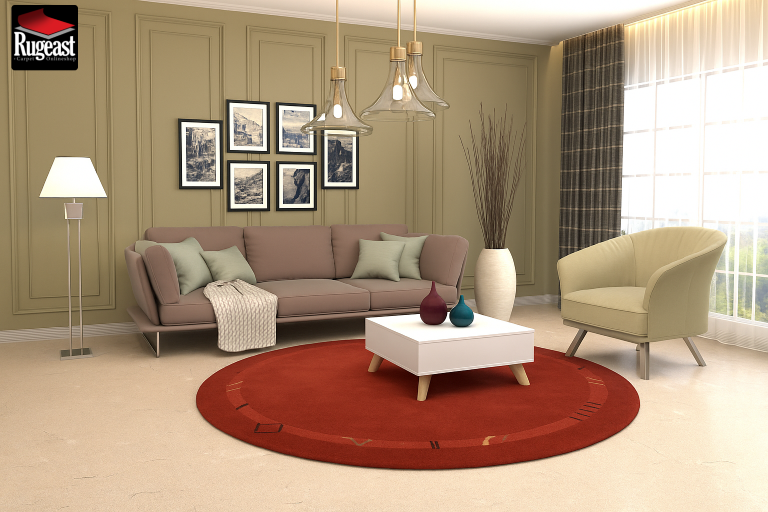
Examples:
-
For a 6–8 seat dining table, an ideal dining room rug size is approximately 8′ x 10′ (2.5 m x 3 m).
-
For a 12-seat dining table, consider a 9′ x 12′ (2.75 m x 3.5 m) rug.
2. Match the Rug Shape to the Table Shape
-
Rectangular tables: Choose a rectangular rug for harmony and symmetry.
-
Round tables: Opt for a round rug for visual flow, though a large square or rectangle can also work if space allows.
-
Square tables: Square rugs work beautifully, but a large rectangular rug can still be suitable in open-plan dining areas.
Matching shapes create a cohesive, intentional design that enhances the room’s proportions.
Choosing the Right Rug Pattern for the Dining Room
The dining room is a unique space where the center of the rug is often hidden by the table. That’s why pattern choice is important for both aesthetic and practical reasons.
1. Allover Patterns (Afshan Design)
For handmade rugs for dining tables, an allover pattern is often the best choice. This design features motifs spread evenly across the rug without a central medallion, ensuring that beauty is visible even beneath the table.
Advantages:
-
Hides food spills and stains effectively.
-
Maintains visual interest across the entire rug.
-
Works well with both modern and traditional interiors.
2. Dense, Intricate Motifs
Patterns like Heriz, Mahi (fish design), and tightly woven Tabriz rugs are excellent for dining areas. Their fine, detailed designs naturally disguise crumbs or accidental stains and wear.
3. Central Medallion Rugs – A Stylish Challenge
While medallion designs (such as Lachak-Toranj) are stunning, the table may obscure the central feature. If you love this style, choose a rug where the medallion is smaller or where corner designs remain visible around the table edges.
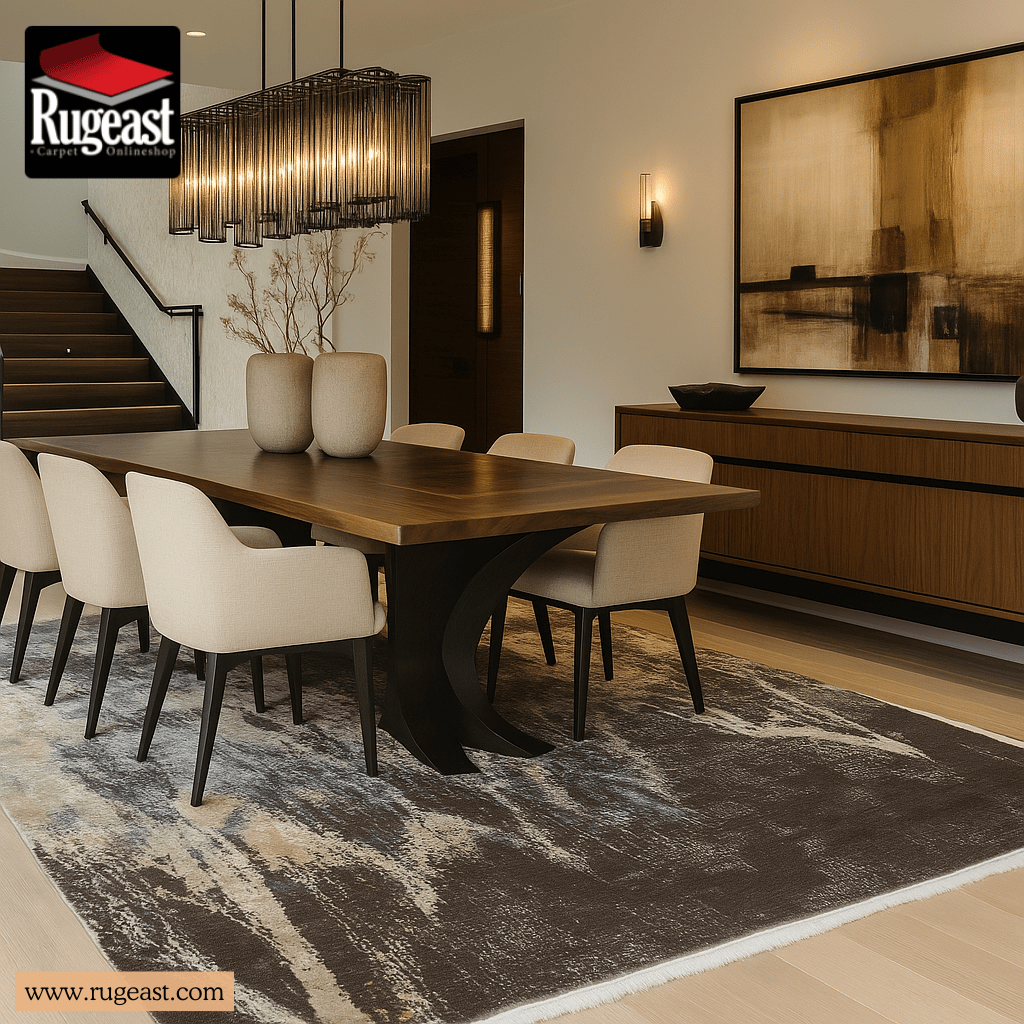
Material Matters – Durability Meets Comfort
1. Wool – The Best Choice for Dining Rooms
A high-quality wool rug is the king of durability. Wool fibers are naturally stain-resistant, resilient, and soft underfoot – perfect for a space with constant chair movement.
Why wool works best:
-
Repels liquids for easier cleaning.
-
Resists crushing and recovers its shape quickly.
-
Lasts for decades with proper care.
2. Knot Density – The Sign of Quality
Look for rugs with a high knot count (measured in knots per square inch). A tighter weave creates a more durable surface that withstands chair movement without losing fibers or flattening prematurely.
Selecting the Right Color Palette
1. Dark and Rich Colors for Practicality
Navy blue, deep red, burgundy, and chocolate brown are excellent choices for dining room rugs. They hide spills and wear better, maintaining their beauty for longer.
2. Light Colors – Use with Care
If you prefer lighter tones to brighten your space, choose rugs with a mix of colors and busy patterns to disguise stains. Avoid solid pale shades unless you’re prepared for more frequent cleaning.
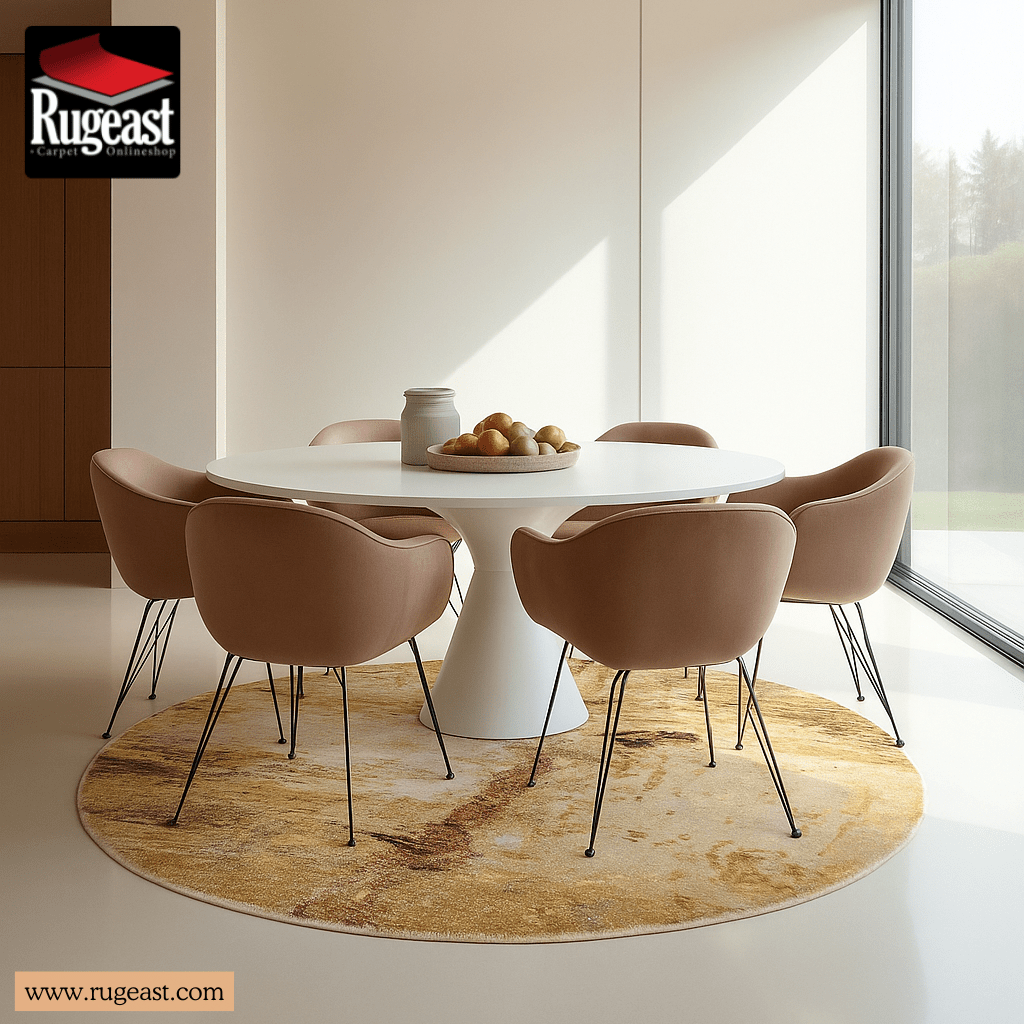
Maintenance Tips for Dining Room Rugs
A handmade rug for dining table areas will last for decades with the right care.
Best practices:
-
Vacuum regularly to remove crumbs and dirt before they settle into fibers.
-
Spot clean spills immediately using mild wool-safe cleaners.
-
Rotate the rug every 6–12 months to ensure even wear.
-
Use a rug pad to prevent slipping and protect both rug and floor.
Quick Reference Table – Dining Room Rug Selection Guide
| Factor | Recommendation | Reason |
|---|---|---|
| Size | At least 24–36 in (60–90 cm) larger than table on all sides | Comfort & edge protection |
| Pattern | Allover (Afshan) or dense motifs | Hides stains & keeps visual appeal |
| Material | Wool with high knot density | Long life, easy cleaning |
| Color | Dark, rich tones | Conceals wear & food marks |
| Maintenance | Vacuum, spot clean, rotate | Prolongs beauty & durability |
Final Thoughts
Choosing the right dining room rug is about more than matching colors – it’s about combining aesthetics, comfort, and practicality. A handmade rug for dining table areas can transform your dining space into an elegant, welcoming environment while standing up to the demands of daily life.
By following the dining room rug size guidelines, selecting durable materials like wool, and choosing practical patterns and colors, you can invest in a rug that will serve your family for decades.
For a curated selection of handmade dining room rugs that blend tradition with functionality, visit rugeast.com and consult our expert team. Let your dining room reflect the beauty of timeless craftsmanship.

